3D Printing
World’s First High-Resolution 3D-Printed Brain Developed as Model for Investigating Neurodegenerative Diseases
Functional Human Brain Tissue Developed by 3D Printing for the First Time, Shows Potential for Modeling Neural Network Impairment
Autonomous Soft Robot Navigates Disaster Zones With Plant-Inspired Adaptive Behaviors

Groundbreaking Bioprinting Ink Lets Doctors 3D Print Inside the Human Body
Novel Implant Kills 87% of Staph Infection-Causing Bacteria, Paving the Way for Safer Common Surgeries
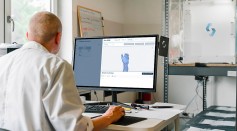
3D-Printed Epifluidic Electronic Skin Developed by Scientists for Multimodal Health Surveillance Powered by Machine Learning

Revolutionary 3D-Printed Toilet Bowl Aims to Revolutionize Waste Management, Conserve Water with Its Ultra-Slippery Surface

3D-Printed Nose Attached to Forearm To Grow Blood Vessels Before Moving It to Patient’s Face in 6-Hour Microsurgery
3D-Printed Vegan Seafood Made From Alternative Protein Sources Offers Solution Against Harmful Fishing Technique
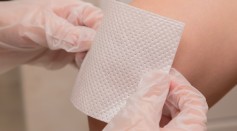
Programmable 3D Printed Wound Dressing Can Be Customized for Burn Patients, Cancer Treatment
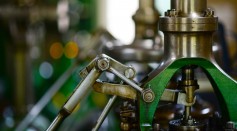
Researchers Used 3D Printing To Embed Hidden Magnetic Tags Within Manufactured Hardware To Detect Counterfeit Parts

3D-Printed Eye Tissue From Stem Cells Could Lead to Breakthrough in Treating Degenerative Eye Diseases
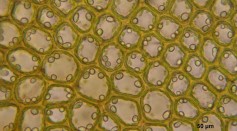
Live Plant Cells Used in 3D Bioprinting to Study Cellular Communication That May Lead to Better Crop Varieties
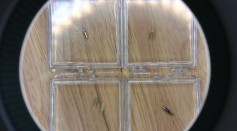
100 Medical Microrobots per Minute Being Developed for Treatment Purpose; Technology Can Produce Structure With Nanometer-Level Precision
Most Popular

AI Revolution in Medical Education: Transforming How Healthcare Professionals Learn

China’s Tiangong Space Station to Expand Its Capabilities With New Modules

Exploring Life Beyond Earth: Study Claims Other Planets Could Be Suitable for Alien Life

Nikolay Karpenko Biography, Photo, Career, Accomplishments






